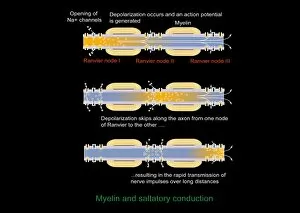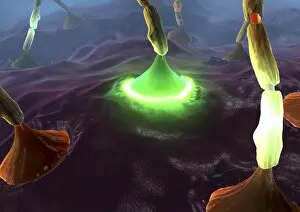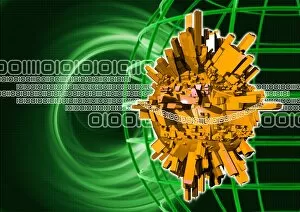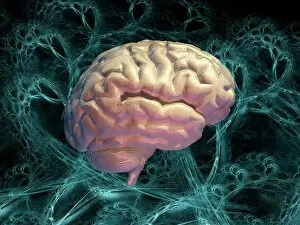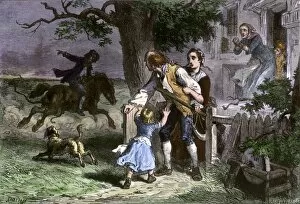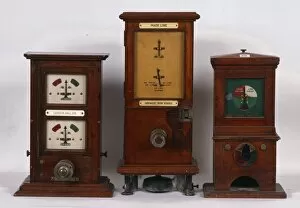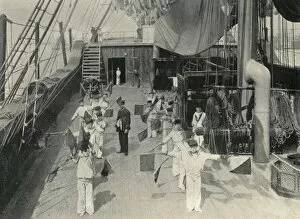Signal Collection (page 37)
"Unveiling the Power of Signals: From HMS Victory to Synapse Junctions" From the historic decks of HMS Victory, flags fluttered in a mesmerizing dance
All Professionally Made to Order for Quick Shipping
"Unveiling the Power of Signals: From HMS Victory to Synapse Junctions" From the historic decks of HMS Victory, flags fluttered in a mesmerizing dance, carrying Admiral Nelson's famous signal at the Battle of Trafalgar in 1805. These flags, representing the Royal Navy, became symbols of communication and unity amidst chaos. Flags have long been used as signals by seafarers and armies alike. Nelson's ingenious use of them allowed him to outmaneuver his enemies and secure victory. Even today, these vibrant banners continue to convey messages on naval vessels worldwide. But signals extend beyond maritime battles; they permeate our everyday lives. Just like an underground tube train speeding through tunnels beneath bustling cities or the synapse nerve junctions transmitting electrical impulses within our bodies they can everywhere. In Scotland's Isle of Lewis, part of Lewis and Harris in the Outer Hebrides archipelago, ancient standing stones stand tall against windswept landscapes—a silent yet powerful signal from our ancestors about their existence and beliefs. As dawn breaks over Tacking Point Lighthouse, its light piercing through darkness with unwavering determination becomes a beacon signaling safety for ships navigating treacherous waters. Even railways rely on signals for smooth operations. The Railway Station & Signal Box in Paddock Wood, Kent stands as a testament to this intricate system that ensures trains travel safely along their tracks. And who can forget H. M. S. Invincible? This mighty warship once sailed proudly across oceans—its presence alone serving as a formidable signal that echoed strength and dominance throughout history books. Yet perhaps no other symbol carries such weight as H. M. S Victory flying Nelson's famous signal on 21 October 1905—an enduring reminder of bravery and sacrifice etched into Portsmouth Harbour's memory forevermore. Whether it be through flags unfurling atop masts or neurons firing within us all—signals connect us across time and space, transcending language barriers.







